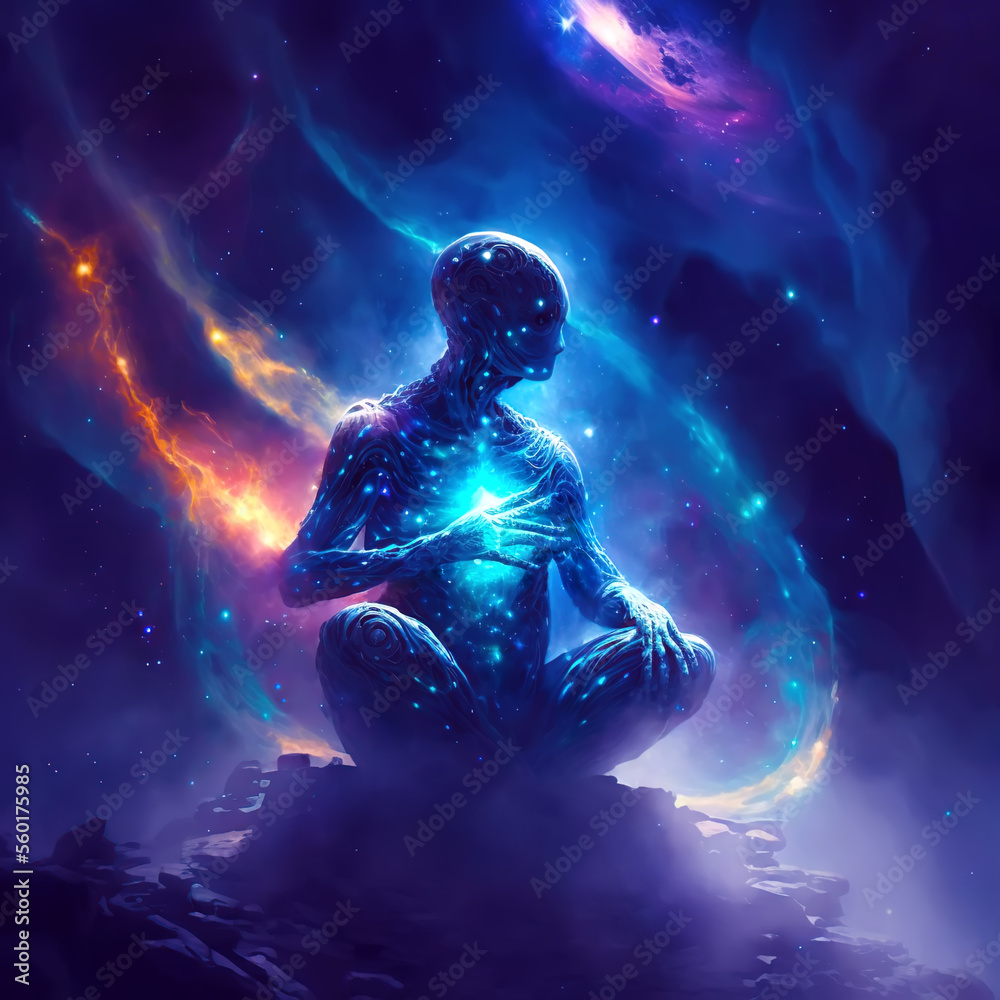In the grand expanse of the cosmos, the dimensions that govern our existence shape the very fabric of life as we know it. The question of whether life could arise in a two-dimensional universe presents a fascinating paradox—one that challenges our quintessential understanding of living organisms and the essential characteristics that underpin their existence. As we embark on this intellectual journey, we will discern the nuances and implications of dimensionality, exploring the intricate interplay of physics, chemistry, and biology within a 2D realm.
To comprehend the possibility of life in a two-dimensional universe, one must first grasp the fundamental concepts that differentiate dimensions. A one-dimensional universe consists merely of a line, with entities confined to a singular axis, void of width or height. Conversely, our three-dimensional existence includes length, width, and height, a tapestry woven with depth that allows for the complexity we witness in biological forms. The hypothetical two-dimensional universe, however, is an intriguing juxtaposition of these dimensions, reducing the stage upon which life can perform its most compelling acts.
In a two-dimensional realm, all entities would be confined to a flat plane. Organisms would not possess the volumetric structure that characterizes life in our three-dimensional world. The implications of this restriction on biological development are profound. Consider the essence of cellular life as we understand it: cells are three-dimensional structures with organelles intricately arranged to facilitate metabolic functions. In a flat universe, the mere concept of a ‘cell’ would be challenged, necessitating a reimagining of what constitutes the fundamental unit of life.
Metabolic processes rely on complex interactions occurring among three-dimensional entities. In a 2D universe, these processes would be limited. Think of molecules that shape the very life forms we recognize; they exist in a spatial arrangement that is integral to their functioning. In a flat landscape, the capacity for molecular complexity would drastically diminish. Chemical reactions, which are predicated upon spatial orientation and interaction, would face constraints that may render them unfeasible. The exquisite dance of enzymes facilitating life-sustaining reactions would suffer from an inability to engage and react with one another effectively.
Moreover, the lack of third-dimensional space restricts the ability for organisms to evolve toward complexity. Evolution, driven by diversity and adaptation, is imbricated with the interactions of organisms within three-dimensional ecospheres. A two-dimensional environment would impede this process, confining evolutionary trajectories to a continuum of simpler forms. Evolutionary pressures such as predation, competition, and environmental challenges operate within a framework that assumes volumetric existence. Without these pressures operating in a multi-dimensional theater, the potential for complex life diminishes significantly.
Yet, one may wonder if alternative mechanisms of life could emerge under such constraints. It is conceivable to envision simple forms of life arising from basic physical and chemical interactions within a two-dimensional plane. Paradoxically, to conceive of such forms, we might think in terms of theoretical constructs—biological phenomena governed by rules distinct from those known to us. These hypothetical life forms could be represented as flat fractals, endlessly repeating structures that serve as analogs to complexity found in three-dimensional organisms.
Furthermore, the properties of communication and information transfer, crucial for any form of life, would also experience a paradigm shift in a 2D context. With no vertical space to encode information in layered structures—such as DNA double helixes, which possess a torsional nature—information systems would need to rely on linearity. Is it possible that life, as we know it, could encode genetic information in a radically different way, perhaps using two-dimensional sequences of molecules? This thought experiment invites us to explore the fringes of what we categorize as life.
Delving deeper into the philosophical implications of life in a two-dimensional universe brings to light pivotal inquiries regarding consciousness and self-awareness. Would a creature confined to a flat plane possess the requisite cognitive abilities to emerge as conscious beings? The interdependence between environmental complexity and cognitive sophistication suggests that consciousness requires a robust ecosystem to flourish. A flat universe, therefore, might yield forms of existence cognizant of their reality, yet bereft of the depth necessary for introspective thought and existential contemplation.
In considering the possibility of myriad life forms flourishing within a two-dimensional context, we are reminded of the mind-bending concepts put forth by theoretical physics. The identification of string theory and its proposals of multiple compact dimensions illustrates how our understanding of reality stretches far beyond conventional limits. Yet, even in the abstract geometrical constructs of theoretical physics, life remains elusive in the absence of depth.
Ultimately, the inquiry into the viability of life in a two-dimensional universe beckons us to reflect on the essence of life itself. Is it simplicity that defines an organism, or is it the intricate webs of interaction that furnish it with complexity? While the limitations imposed by a two-dimensional framework cast a significant shadow upon the possibility of life, they simultaneously illuminate the resilience and variability of existence across dimensions.
As we ponder the mysteries of the cosmos, the exploration of life in a myriad of dimensions evokes a sense of wonder—an alluring dance between possibility and impossibility. The universe, in all its glorious intricacy, invites us to question, imagine, and ultimately understand the bewildering phenomena that exemplify the life forms we have yet to discover, be they in three dimensions or perhaps, in a bold stroke of imagination, beyond.












